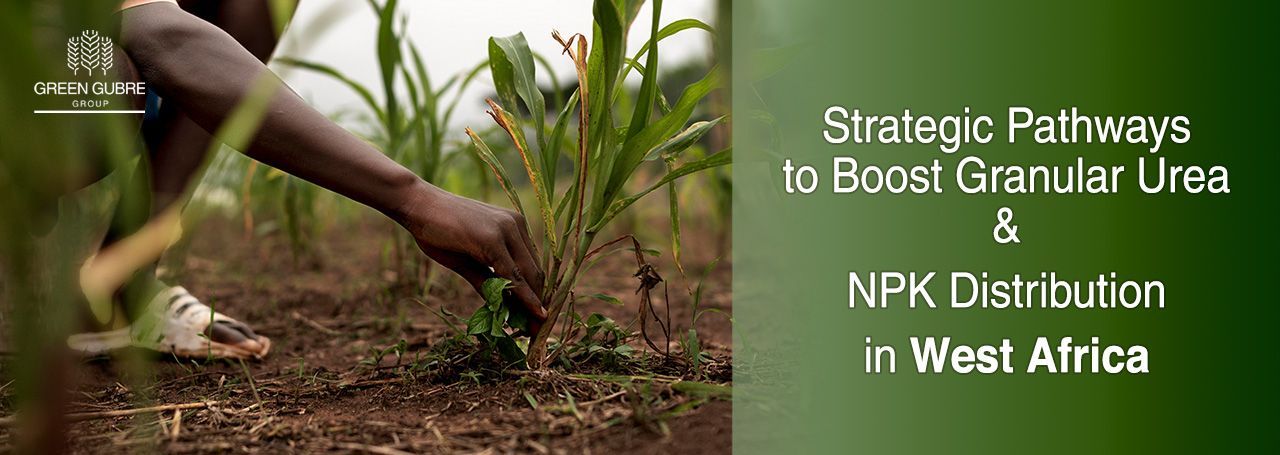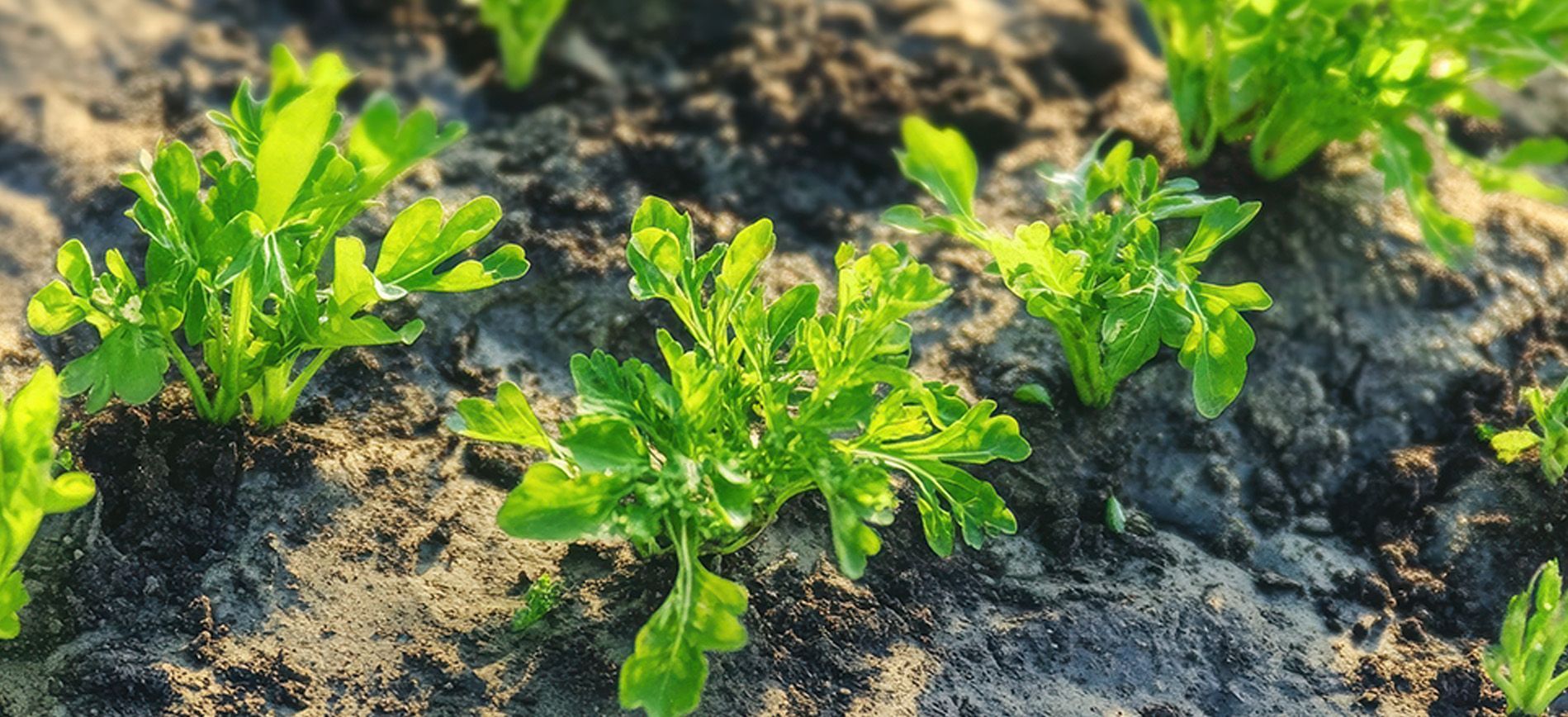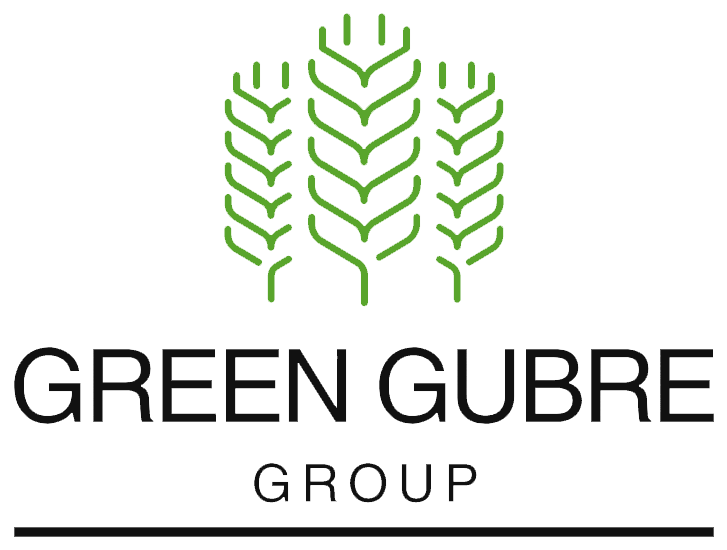Strategic Pathways to Boost Granular Urea and NPK Distribution in West Africa
Strategic Pathways to Boost Granular Urea and NPK Distribution in West Africa

West Africa—The Fertile Frontier for Market Expansion
West Africa is rapidly emerging as a focal point for global fertilizer trade. With population growth, food demand, and agricultural policy alignment accelerating, countries like Nigeria, Ghana, Senegal, and Côte d’Ivoire are expanding their fertilizer consumption. However, inefficiencies in distribution remain a barrier to full-scale adoption.
This blog outlines how granular urea and NPK suppliers can unlock long-term market value in West Africa by improving distribution systems, leveraging port infrastructure, and tailoring solutions to local agricultural demands.
1. Why West Africa Is a Priority Region for Fertilizer Investment
West Africa accounts for over 35% of sub-Saharan Africa’s fertilizer demand and is expected to grow 8–10% annually through 2030. Key growth drivers include:
- National food security programs (e.g., Nigeria’s Fertilizer Expansion Program)
- Government-backed subsidy reforms and regional policies by ECOWAS
- Shifting crop dynamics toward cereals, legumes, and cash crops
- Increased public-private partnership (PPP) investments in logistics and local blending
For granular urea and NPK suppliers, this represents a significant commercial opportunity.
2. Key Distribution Bottlenecks—And How to Overcome Them
Despite rising demand, West Africa’s fertilizer supply chain faces major hurdles:
- Port Congestion: Limited bulk-handling terminals in Lagos, Abidjan, and Tema, and slow vessel turnaround.
- Lack of Cold Storage: Granular urea loses integrity in high-humidity zones without adequate storage.
- Poor Road Infrastructure: Fertilizer costs increase 30–40% after port due to last-mile inefficiencies.
- Limited Retail Access: Many rural farmers still buy fertilizer from informal traders.
Solutions for Suppliers:
- Use satellite hubs like Lomé and Takoradi for faster bulk unloading and inland redistribution.
- Partner with cooperatives and agro-dealers to create last-mile micro-distribution zones.
- Introduce moisture-resistant packaging and mobile-scale units (e.g., 10 kg packs) for smallholders.
3. Role of Granular Urea and NPK in West Africa’s Cropping Systems
Granular Urea:
- Ideal for maize, rice, sorghum, and cassava—staples across Nigeria, Ghana, and Benin.
- Performs well in broadcast and ridge-based applications.
- Granular form ensures better nitrogen retention in high-rainfall areas.
NPK 15-15-15 and Custom Blends:
- NPK blends enriched with sulfur, boron, or zinc help combat West Africa’s widespread micronutrient deficiencies.
- High-value crops like cocoa and vegetables benefit from tailored NPK formulations.
Growing extension services and digital farming platforms, such as Nigeria’s FMARDSPACE and Ghana’s E-Agriculture Strategy, bolster demand for both products.
4. Creating Regional Hubs: Lomé as a Case Study
Lomé Port in Togo is becoming the most efficient bulk fertilizer gateway in West Africa due to:
- Free zone status for transit shipments
- Proximity to northern Nigeria, Burkina Faso, and Mali
- Emerging bagging and blending infrastructure supported by private investors
Granular urea and NPK importers should consider Lomé as a delivery point and a strategic fertilizer redistribution hub for inland markets.
5. Digital Tools and Mobile Penetration—Enabling Smart Distribution
West Africa’s mobile adoption creates a digital bridge for fertilizer education, order placement, and subsidy delivery:
- Mobile apps allow farmers to track fertilizer availability and prices in real-time.
- Blockchain-based voucher programs are being piloted in Nigeria and Côte d’Ivoire to improve transparency in distribution.
- Integration of satellite soil mapping enables site-specific fertilizer application and demand forecasting.
Conclusion: Scaling with Precision, Distribution, and Partnership
Suppliers must adopt a regional logistics mindset to grow the granular urea and NPK markets in West Africa, invest in digitally enabled distribution, and build trust with local actors. The next five years will define which companies lead the West African fertilizer market, and those who solve the last-mile challenge will be best positioned to succeed.




